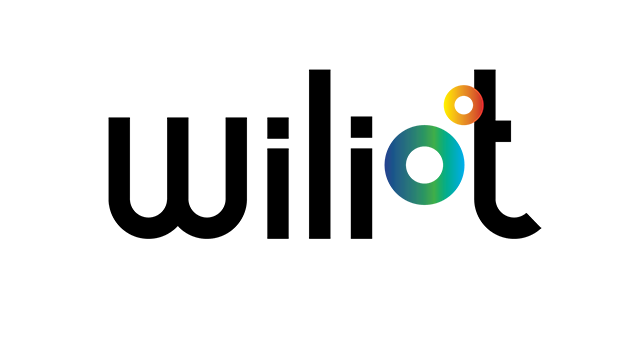
Der Live-Stream ist abgelaufen.
Es geht um Transformation, Digitalisierung, Nachhaltigkeit und Zukunft.
Call to Action!
Experten erklären wie Wireless-IoT-Technologie die Sicherheit im Gesundheitswesen steigert und das Pflegepersonal entlastet. Sechs Referenten bieten Know-How und Best Practice Erfahrung. Sie sind kompetente Ansprechpartner für das Livestream-Publikum.
Worum geht es?
Medizinische Produkte und Container werden mit RFID und BLE getaggt. Sterilgüter, medizinische Ausrüstung und Medikamente können effektiv nachverfolgt werden. UHF-RFID-fähige Patientenarmbänder erhöhen die Patientensicherheit. Zugangskontrollsysteme mit NFC verhindern den Zutritt von Unbefugten in Sicherheitsbereiche.
Die Digitalisierung entlastet das Personal und vereinfacht Prozessabläufe. WIoT Technologie steuert die automatische Medikamentenausgabe und Transportsysteme in medizinischen Einrichtungen. Das Wäschemanagement wird mit RFID optimiert.
Themenschwerpunkte der Fachvorträge „Gesundheitswesen | Labor | Sicherheit“
- Medizinische Produkte und Container getaggt mit RFID und BLE
- Nachverfolgung von Sterilgüter, medizinische Ausrüstung und Medikamente
- UHF-RFID-fähige Patientenarmbänder für Patientensicherheit
- Zugangskontrolle mit NFC
- Vereinfachte Prozessabläufe durch Digitalisierung
- Automatische Medikamentenausgabe und Transportsysteme in medizinischen Einrichtungen
- Optimierung von Wäschemanagement durch RFID
In Zusammenarbeit mit:
- Elatec
- Wiliot
- Tor Vergata University of Rome
- Université Mohammed V de Rabat
- UnifAI Technology
- Tuomi
- Why & When the Internet of Things will explode 100x
- The Technology Driving IoT2
- What are the opportunities for Healthcare
- What are the risks
- How to address the opportunity
- Where to start
- A peek inside the connected hospital, and how authentication is used for single sign-on (SSO) to hospital systems and access to secure locations, medical and non-medical devices, smart carts and lockers, and much more.
- Secure authentication options for hospitals and clinics, including RFID and emerging smartphone solutions.
- How to create an employee-centric authentication solution that fits within clinical workflows and protects patient safety and data security.
- Best practice of a modern authentication system in action
- Early detection of structural alteration of orthopedic implants by smart tattoo;
- Identification of local infections around bone fixtures;
- Monitoring of restenosis into stent-treated arteries;
- Health status of aortic valves.
- RFID chip design for healthcare applications
- Challenges for RFID use on the human body
- Simulating tag performance on the model of a human arm
- Research results and outlook for RFID applications in healthcare
- How AI and data science transforms healthcare, drives down costs and improves outcomes for everyone
- UnifAI's remote digital diagnostics for a range of health conditions
- The AI-powered Digital Reader for COVID-19 lateral flow tests
- Other uses of AI in remote diagnostics: Legionella risk monitoring

- Impact of the EU Medical Device Regulation (EU MDR)
- How is the MDR reflected in medical software?
- Which cloud and mobile app responses are possible?
- How can patient and medical professionals access their data in future?
- Interesting use cases
Mit dabei:







